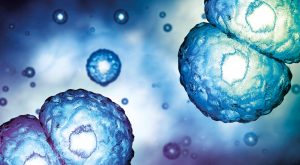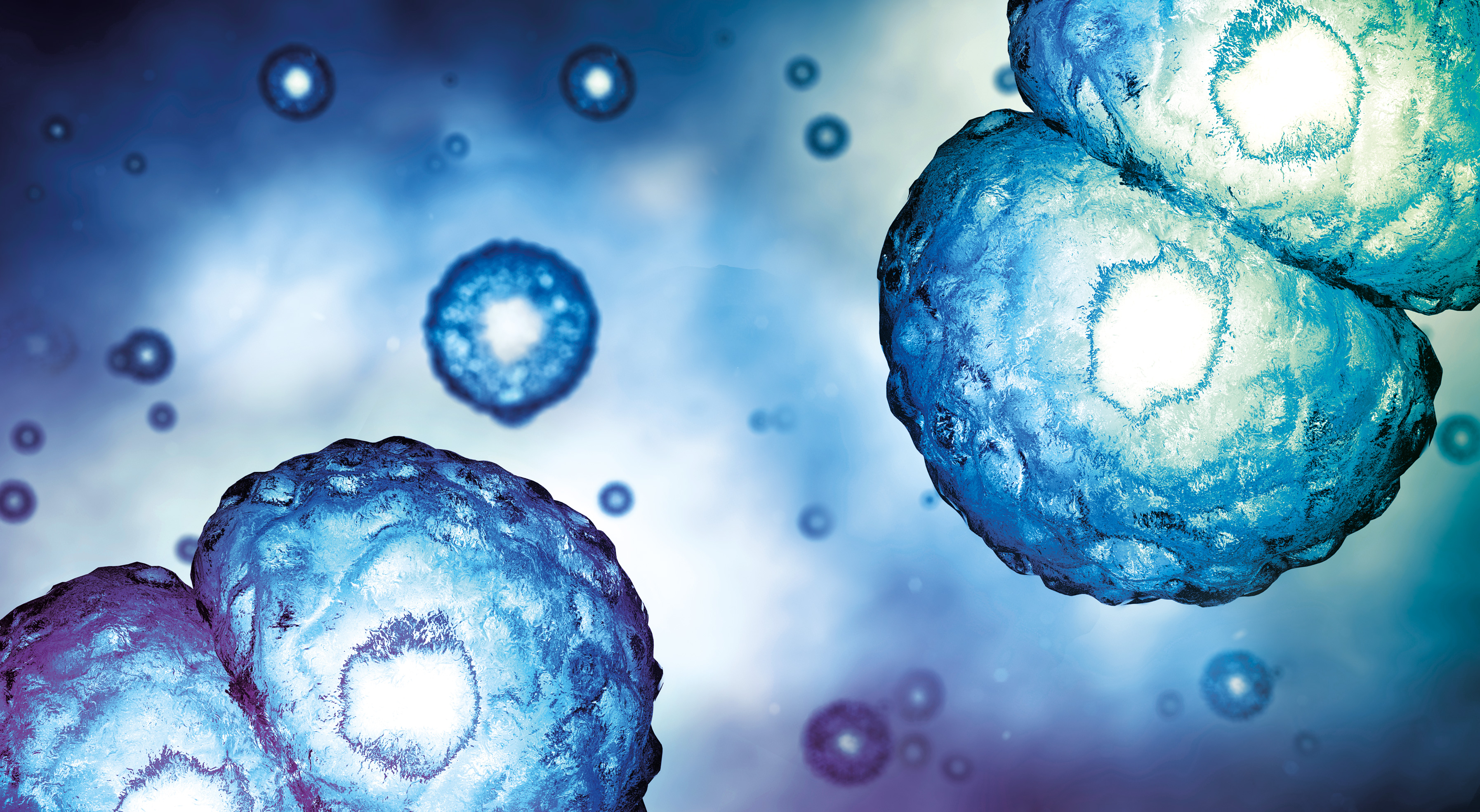Why express a protein in a mammalian cell host?
Why would you choose to express a protein in a mammalian cell host? An obvious alternative is to use E. coli that are easy, quick and cheap to grow. In contrast, mammalian cells grow slowly, use expensive medium, require expensive CO2incubators and inexperienced operators can easily infect the cultures, ruining much effort.
Christian B. Anfinsen was awarded the Nobel Prize in 1972 for his hypothesis that the native structure of a protein is determined only by the primary amino acid sequence. It is this property of many proteins that enable them to be successfully expressed and folded either in E. coli or in vitro by refolding strategies. However, it is also clear that this is not sufficient for many proteins that require significant post-translational modification and that often exist in complex with other proteins. It is in these situations that mammalian cells come into their own.
 Traditionally proteins were expressed in mammalian hosts by the generation of a stably transfected cell line with the gene of interest integrated into the genome. This was a lengthy process generally taking months. However, over the last 10-15 years, there has been a revolution in this field when it comes to using mammalian cell hosts to generate protein reagents at the milligram level, using transient systems where protein can be ready for purification in a matter of days. These systems have been so sufficiently optimised that with well-behaving proteins, such as many antibodies, yields at the g/L level can be achieved in these systems. A whole panoply of modification now becomes available including N and O-glycosylation, phosphorylation, lipid modification, disulphide bond formation and proteolytic processing. In addition, it is possible to embed membrane proteins in a mammalian membrane lipid environment McKenzie and Abbott 2018.
Traditionally proteins were expressed in mammalian hosts by the generation of a stably transfected cell line with the gene of interest integrated into the genome. This was a lengthy process generally taking months. However, over the last 10-15 years, there has been a revolution in this field when it comes to using mammalian cell hosts to generate protein reagents at the milligram level, using transient systems where protein can be ready for purification in a matter of days. These systems have been so sufficiently optimised that with well-behaving proteins, such as many antibodies, yields at the g/L level can be achieved in these systems. A whole panoply of modification now becomes available including N and O-glycosylation, phosphorylation, lipid modification, disulphide bond formation and proteolytic processing. In addition, it is possible to embed membrane proteins in a mammalian membrane lipid environment McKenzie and Abbott 2018.
Even with the availability of mammalian systems, some proteins remain recalcitrant to expression, so-called “difficult to express”. These are often at levels at the tens of micrograms/L or less making most studies even in a research lab almost impossible. It is often unclear why the problem has occurred. Attempting to resolve these issues or find a way around the problem can be time-consuming and costly. A recent article by Hussain et. al., 2017addressed this problem with a set of related proteins, the TIMPs, whose expression varied widely despite being structurally related. They reported that adding an N-terminal furin cleavable tag to “pull” the difficult protein through the secretory pathway can improve secretion from the cell.
For more examples of protein expression, why not have a look at our case studies


